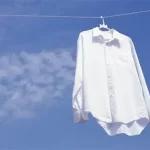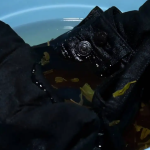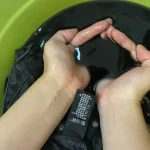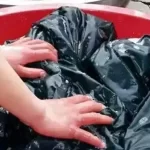Clothes shrink and fade, do you know why?
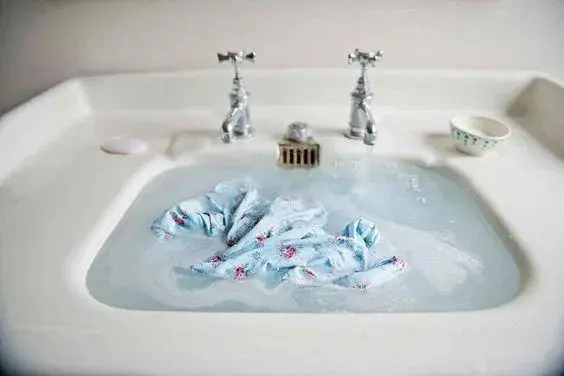
Put all the things to be washed into the washing machine, pour in the laundry detergent, select the washing program, and finally press the “start button”? This is not the case, and you may often encounter some confusion when washing:
Why does it fade?
Why shrink?
Why can’t the stains be washed off?
…
About fading
There are many reasons that affect the fading of fabrics. There is a special term for “colorfastness”. High color fastness is not easy to fade, and low color fastness is easy to fade.
Colorfastness is related to color, fabric, temperature, lotion, etc. The darker the color, the worse the fastness, such as green orchid, bright blue, black, bright red, navy blue, etc. are easy to fade, so the dark and light fabrics should be separated when washing. Fabrics such as silk and linen have poor color fastness, so you need to be very careful when washing them. Fabrics with poor color fastness should be washed gently in cold water, the time should not be too long, and bleaching detergents should not be used.
About shrinking
The “shrinkage” of a fabric is mainly related to 3 factors:
- Fabric: Generally speaking, the hygroscopicity is large, the fiber expands after soaking in water, the diameter increases and the length shortens, and the shrinkage rate is large. Synthetic fibers and blended textiles have the smallest shrinkage rate, followed by wool, linen, cotton, and silk with larger shrinkage, while the largest are viscose fiber, rayon, and artificial wool fabrics.
- Fabric density: fabrics with high warp density will shrink greatly in warp direction; fabrics with weft density greater than warp density will shrink greatly in the weft direction.
- The thickness of yarn count: The fabric with a thick yarn count has a larger shrinkage rate, and the fabric with a fine yarn count has a smaller shrinkage rate.
For fabrics that are prone to shrinkage, shrinkage can be reduced by the following 2 points:
- Use professional detergents and softeners to reduce shrinkage.
- For fabrics that have shrunk, steam ironing with professional care equipment can restore the fabric to its original state as much as possible.
About stains
In the ordinary laundry, we find that sweat, urine, saliva, etc. are easier to clean; but oil stains, old bloodstains, lipstick marks, etc. are more difficult to clean. This is because there are different types of stains, but we usually only have one type of detergent in our home, so some stains are difficult to remove.
There are three main types of stains:
Water-based stains: stains that can be dissolved in water, such as fresh bloodstains, collagen, saliva stains, urine stains, sweat stains, etc.;
Oily stains: stains that can be dissolved in oil, such as animal/vegetable grease, mechanical grease, etc.;
Insoluble stains: stains that are not soluble in water or oil, such as dust, metal particles, etc.
For different stains, special stain removers are required to effectively clean them.
Tips:
- The longer the stain is attached, the more difficult it is to deal with;
- Old stains need to be treated with caution and not damage the fabric by forcing the removal of stains.
Copyright 2020, Hebei Guansheng Technology Co.Ltd All Rights Reserved
 Hebei Guangsheng Technology Co.Ltd
Hebei Guangsheng Technology Co.Ltd
 Hebei Guangsheng Technology Co.Ltd
Hebei Guangsheng Technology Co.Ltd
